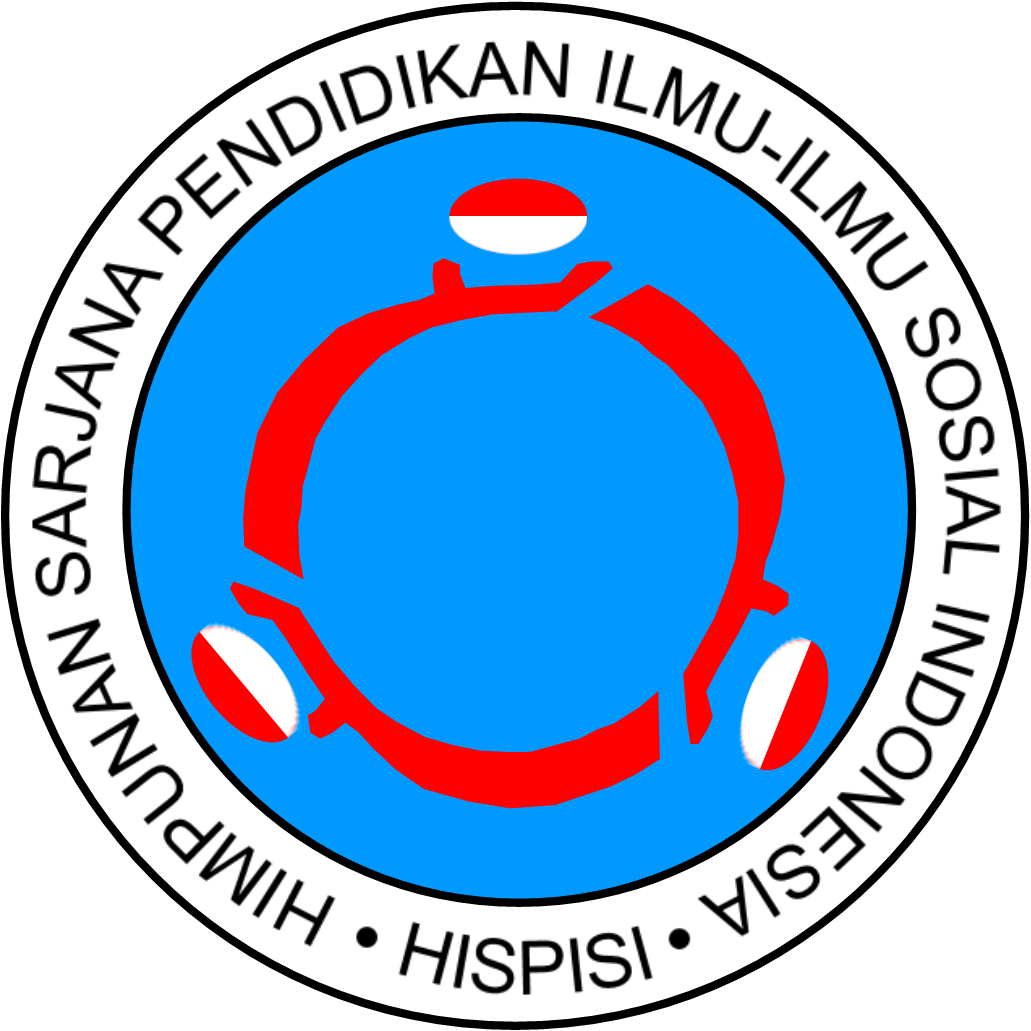Analysis of the Tsunami Disaster Risk Study in the Pelabuhanratu Bay Tourism Area
Abstract
Keywords
Full Text:
PDFReferences
Adiyoso, W., and Kanegae, H. (2012). The effect of different disaster education programs on tsunami preparedness among schoolchildren in Aceh, Indonesia. Disaster Mitigation of Cultural Heritage and Historic Cities, 6(1), 165-172.
Arisanti, Y., dan Nugroho, P. W. (2018). Strategi manajemen bencana di kabupaten Magelang. Berita Kedokteran Masyarakat, 34(5), 12-6.
Baytiyeh, H., and Naja, M. K. (2014). Revolutionising engineering education in the Middle East region to promote earthquake-disaster mitigation. European Journal of Engineering Education, 39(5), 573-583.
Desfandi, M. (2014). Urgensi kurikulum pendidikan kebencanaan berbasis kearifan lokal di Indonesia. Sosio-Didaktika: Social Science Education Journal, 1(2), 191-198.
Dewi, R. S. (2019). Mitigasi bencana pada anak usia dini. Early Childhood: Jurnal Pendidikan, 3(1), 68-77.
Herawati, T., Setiawati, D., dan Utami, D. S. (2017). Pengetahuan karang taruna tentang mitigasi bencana gempa bumi di Desa Wangunharja Lembang. Jurnal Ilmiah JKA (Jurnal Kesehatan Aeromedika), 3(1), 85-91.
Jokowinarno, D. (2011). Mitigasi bencana tsunami di wilayah pesisir lampung. Jurnal Rekayasa, 15(1), 13-20.
Kanamori, H. (1972). Mechanism of tsunami earthquakes. Physics of the earth and planetary interiors, 6(5), 346-359.
Kennedy, J., Ashmore, J., Babister, E., and Kelman, I. (2008). The meaning of ‘build back better’: evidence from post‐tsunami Aceh and Sri Lanka. Journal of Contingencies and Crisis Management, 16(1), 24-36.
Kimura, S. (2016). When a seawall is visible: Infrastructure and obstruction in post-tsunami reconstruction in Japan. Science as culture, 25(1), 23-43.
Paramesti, C. A. (2011). Kesiapsiagaan masyarakat kawasan Teluk Pelabuhan Ratu terhadap bencana gempa bumi dan tsunami. Jurnal Perencanaan Wilayah dan Kota, 22(2), 113-128.
Pramana, B. S. (2015). Pemetaan kerawanan tsunami di Kecamatan Pelabuhanratu Kabupaten Sukabumi. Sosio-Didaktika: Social Science Education Journal, 2(1), 76-91.
Priyowidodo, G., dan Luik, J. E. (2013). Literasi mitigasi bencana tsunami untuk masyarakat pesisir di Kabupaten Pacitan Jawa Timur. Ekotrans, 13(1), 47-61.
Said, A. M., Ahmadun, F. R., Mahmud, A. R., and Abas, F. (2011). Community preparedness for tsunami disaster: A case study. Disaster Prevention Management An International Journal, 20(3), 266-280.
Saputro, D. N., Januardi, R., dan Prakoso, I. (2020). Struktur Rumah Sederhana Ramah Gempa untuk Meminimalisir Kerusakan dan Korban Jiwa. Madani: Indonesian Journal of Civil Society, 2(2), 43-49.
Satake, K. and Tanioka, Y. (2003). The July 1998 Papua New Guinea earthquake: Mechanism and quantification of unusual tsunami generation. Pure Applied Geophysics, 160(10-11), 2087-2118.
Shaluf, I. M. (2007). Disaster types. Disaster Prevention and Management: An International Journal, 16(5), 704-717.
Strunz, G., Post, J., Zosseder, K., Wegscheider, S., Mück, M., Riedlinger, T., ... and Muhari, A. (2011). Tsunami risk assessment in Indonesia. Natural Hazards and Earth System Sciences, 11(1), 67-82.
Utami, P., Arham, Z., dan Khudzaeva, E. (2016). Rancang bangun spasial web service ancaman dan resiko bencana alam (Studi kasus: Wilayah pemantauan badan nasional penanggulangan bencana). Jurnal Sistem Informasi, 9(1), 123-133.
Wahyuni, L., Rohmat, D., and Setiawan, I. (2018). Hazard analysis of earthquake in the main campus of Universitas Pendidikan Indonesia. Jurnal Pendidikan Ilmu Sosial, 27(2), 116.
Zakaria, Z. (2008). Identifikasi kebencanaan geologi Kabupaten Cianjur, Jawa Barat. Bulletin of Scientific Contribution, 6(1), 44-56.
Zaqy, F. L. B., Thamrin, S., dan Lasmono, L. (2018). Analisis peran Kodim 0618/BS Kota Bandung dalam upaya pengurangan resiko bencana alam di Kota Bandung. Jurnal Pertahanan and Bela Negara, 8(3), 103-122.
DOI: https://doi.org/10.17509/jpis.v30i2.41273
Refbacks
- There are currently no refbacks.
Copyright (c) 2021 Widianto Aji Wibowo

This work is licensed under a Creative Commons Attribution-NonCommercial-ShareAlike 4.0 International License.














